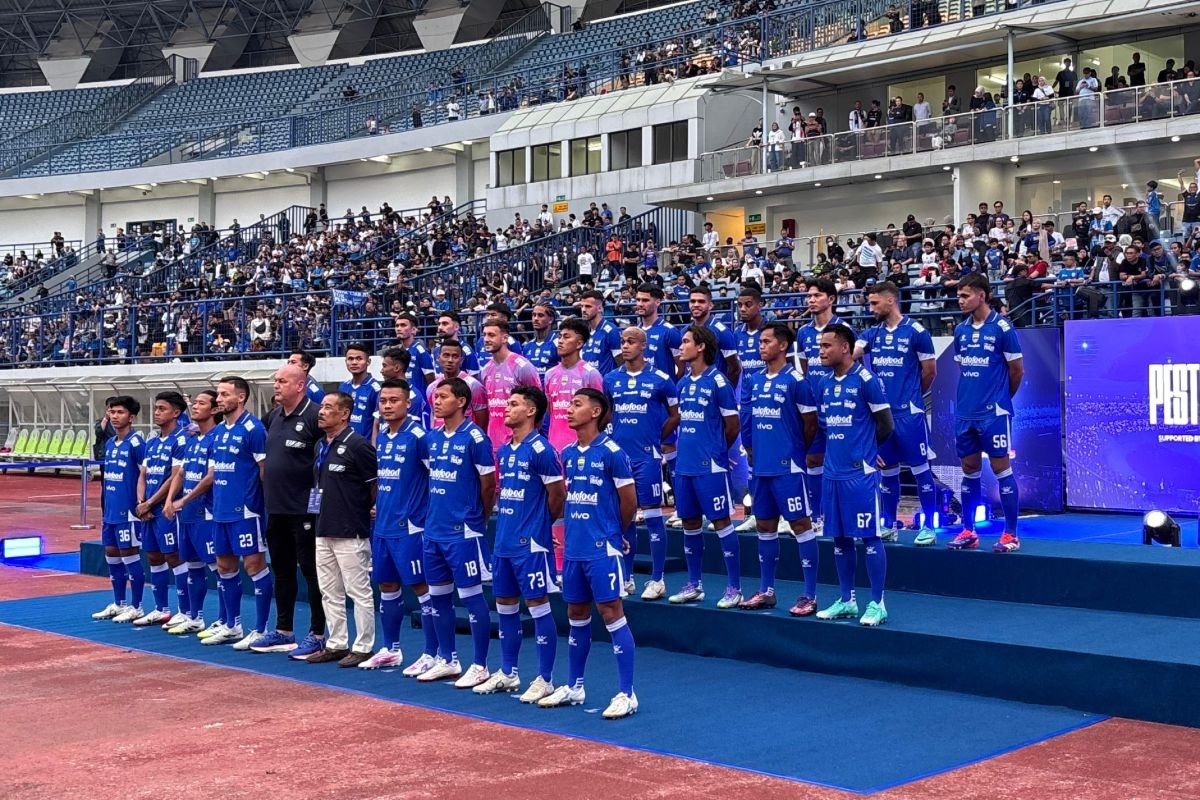# The Reimagining of Stadiums: A Step Towards Advancing Indonesian Football
As the world evolves, so do its sports infrastructures. In Indonesia, a passionate nation for football, a renaissance of stadiums emerges, reflecting a broader vision for the future of the sport. This transformation goes beyond mere physical structures; it symbolizes a revival of enthusiasm, community, and potential for Indonesian football on both local and global scales.
## A Historical Context
Football holds a special place in the hearts of Indonesians. For many, it is more than just a game; it is a way of life that fosters community spirit and national pride. However, despite the fervent fan base and rich football culture, the country’s football infrastructure has often been considered underdeveloped. Aging stadiums, inadequate facilities, and a lack of investment have traditionally hampered the sport’s growth. As Indonesia looks to the future, stakeholders are stepping up to rethink and redesign its football stadiums.
## Design Meets Functionality
The reimagining of stadiums in Indonesia is driven by a focus on design and functionality, taking cues from international best practices. Modern stadiums now prioritize fan experience, accessibility, and safety. The integration of technology is paramount—wifi connectivity, mobile ticketing, and cashless transactions are becoming standard, creating a seamless experience for fans.
Stadiums are also embracing sustainability, with eco-friendly designs that minimize environmental impact. Utilizing renewable energy sources and efficient waste management systems not only reduces the carbon footprint but also showcases Indonesia’s commitment to global environmental standards.
## Engaging the Community
One of the most significant shifts in the reimagining of Indonesian stadiums is the focus on community engagement. Modern venues are increasingly seen as multifunctional spaces that serve the surrounding neighborhoods. Beyond hosting football matches, these stadiums can become cultural hubs, hosting concerts, markets, and other community events. This shift encourages local businesses and promotes tourism, ultimately benefiting the broader economy.
Stakeholders from government to private investors are recognizing that revitalizing football stadiums is not just about the game—it’s about creating spaces that foster social cohesion and bring communities together.
## Enhancing Player Development
World-class facilities play a crucial role in nurturing homegrown talent. By investing in state-of-the-art training facilities within or adjacent to stadium complexes, Indonesian football can better nurture the next generation of players. Access to quality pitches, fitness centers, and rehabilitation facilities can significantly contribute to player development, ensuring that the nation’s top prospects have the resources they need to succeed.
Moreover, partnerships with international football clubs and organizations can facilitate knowledge transfer and mentorship opportunities, further elevating the standard of football in the country.
## International Competitiveness
The new stadium developments are not merely a local initiative; they position Indonesian football on the international stage. With its historical passion for the sport and vibrant fan culture, Indonesia is poised to attract regional and international competitions. Upgraded facilities can host thrilling matches that draw attention, boosting the nation’s profile in the world of football.
The potential inclusion of Indonesia as a host for major tournaments, such as the AFC Asian Cup or even FIFA events, remains a tantalizing prospect. However, this ambition hinges on the readiness of the infrastructure to meet international standards, and the reimagined stadiums are a significant step in this direction.
## Conclusion
The reimagining of stadiums across Indonesia heralds a new era for the nation’s footballing landscape. By embracing modern design, sustainability, community engagement, and player development, Indonesia is not only responding to the contemporary demands of football but also rekindling a shared passion for the sport.
As the new stadiums rise, they will serve as symbols of hope, ambition, and transformation, ushering in a new era for Indonesian football that could redefine its place in the global sporting arena. The journey toward this dream is just beginning, and with each step, Indonesia moves closer to fulfilling its potential as a powerhouse of football in Southeast Asia and beyond.









